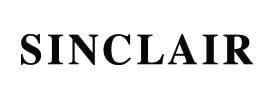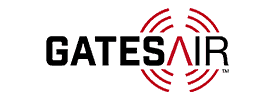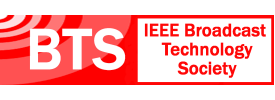- About
- Members
- Sponsors
- Subcommittees
- Technical Documents
- News
- Events
- Spotlight ATSC 3.0
- Contact Us
- Member Login
- Member Meetings
- Advanced Search
Search Site
Member Links
- About
- Members
- Sponsors
- Subcommittees
- Technical Documents
- News
- Events
- Spotlight ATSC 3.0
- Contact Us
- Member Login
- Member Meetings
- Advanced Search
A/74, Receiver Performance GuidelinesApproved: 7 April 2010
This Recommended Practice addresses the front-end portion of a receiver of digital terrestrial television broadcasts. The recommended performance guidelines enumerated in this document are intended to assure that reliable reception will be achieved. Guidelines for interference rejection are based on the FCC planning factors that were used to analyze coverage and interference for the initial DTV channel allotments. Guidelines for sensitivity and multipath handling reflect field experience accumulated by testing undertaken by industry organizations and receiver manufacturers.
Download A/74:2010, “Receiver Performance Guidelines”, approved 7 April 2010.
Subscribe to our Newsletter
Subscribe to The Standard, our monthly newsletter, to stay up-to-date with ATSC news and events around the world.
Site Links
Contact Us
ATSC
1300 I Street NW, Suite 400E
Washington, DC 20005 USA
Do you have questions about ATSC?
About ATSC
ATSC, the Broadcast Standards Association, is an international, non-profit organization developing voluntary standards and recommended practices for digital terrestrial broadcasting. Serving as an essential force in the broadcasting industry, ATSC guides the seamless integration of broadcast and telecom standards to drive the industry forward. Currently, the ATSC 3.0 Standard is providing the best possible solution for expanding the potential of the broadcast spectrum beyond its traditional application to meet changing needs. From conventional television to innovative digital data services, ATSC has one clear goal: to empower the broadcasting ecosystem like never before.
© 2025 ATSC





































